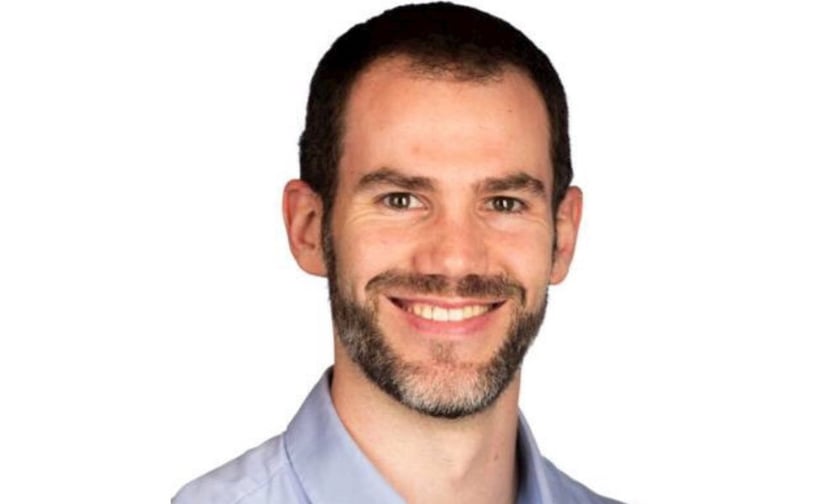

The latest Australian Consumer Stress Barometer from illion, an Experian company, revealed a concerning trend for 2025: while homeowners begin to find stability, low-income households and renters may increasingly face financial hardships.
This report, based on data from millions of credit-active Australians, indicated a worrying rise in financial risk among those who do not own homes.
As interest rates stabilise and lending policies evolve, new homeowners since 2023 appear financially more secure than those in previous years.
This improvement aligns with a decrease in mortgage stress observed in February, when the Reserve Bank’s first rate cut since 2020 led to a reduction in the percentage of “at risk” mortgage holders to 27.7%, down 1.2 percentage points from January, as reported by Roy Morgan.
However, the situation is starkly different for renters and lower-income Australians, who are seeing a significant rise in living costs.
In 2024 alone, rents for lower-income households climbed by 15%, while national savings plummeted by 19%. Additionally, there was a noticeable 2.5% increase in credit stress among personal loan holders.
Barrett Hasseldine (pictured), head of modelling at illion, expressed concern over the widening housing divide.
“Mortgage holders who were under stress over the past two years are now finding their footing, but renters and lower-income Australians are running out of options,” Hasseldine said.
The illion report specifically highlighted the acute financial pressures faced by young Australians, especially those in their 20s and 30s.
This demographic saw a 4% increase in credit default risk in 2024—four times the average rate across all credit consumers.
Compounding these financial pressures, the REA Group’s Rental Affordability Report revealed Australia’s worst rental affordability since 2008, with only 36% of rentals affordable to median-income households earning $116,000 in late 2024, primarily due to steep rental price rises over the past four years.
The rising costs in the rental market, coupled with relatively lower earnings and minimal savings, place these groups in a particularly vulnerable position.
Amidst these financial challenges, the use of buy now, pay later (BNPL) services has surged by 32% in 2024, as more households turn to installment payments to manage cash flow and avoid traditional credit card debt.
With new regulations set to take effect on June 10, the BNPL sector faces stricter lending guidelines, which could impact how consumers access these services.
“BNPL is helping Australians manage their budgets by providing flexibility for many households,” Hasseldine said. “However, it can also be a sign of financial difficulties. As regulation develops, it will be worth observing how access to alternative options for consumers is balanced with financial stability.”
The illion report also noted a troubling trend in insurance coverage, with spending on health insurance down by 11% and general insurance dropping by 2% in 2024.
This reduction in coverage comes at a risky time, as extreme weather events, such as ex-Cyclone Alfred, become more frequent, underscoring the importance of maintaining adequate insurance.
Hasseldine warned of the potential consequences of cutting insurance: “While Australians have fewer savings in the rainy-day accounts, ex-Cyclone Alfred is a timely reminder of the importance of insurance.”
This barometer painted a picture of a nation at a crossroads, with a growing divide between those who own homes and those who rent.
As the financial landscape of 2025 unfolds, the challenges highlighted in the report underscored the need for targeted support and innovative solutions to bridge this widening gap.
